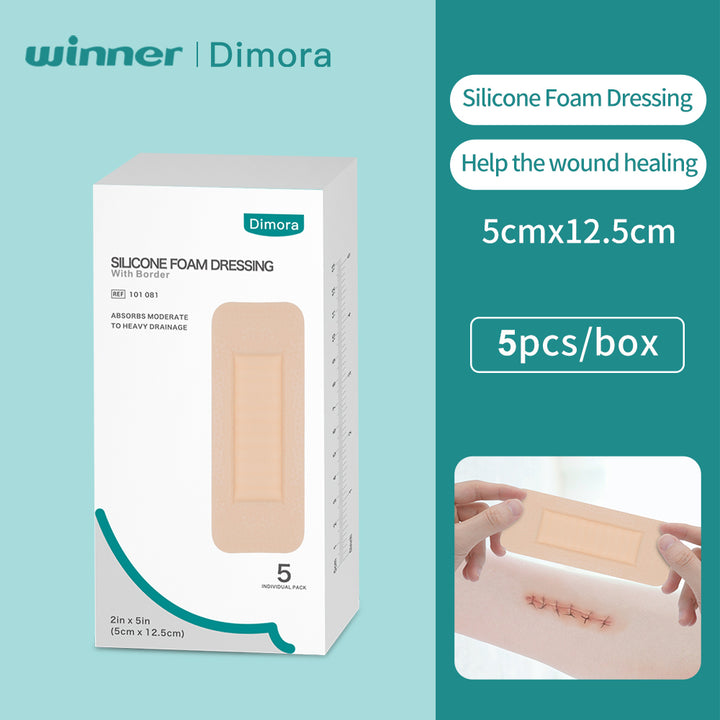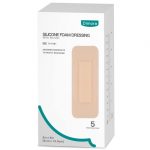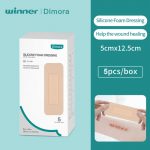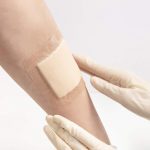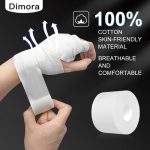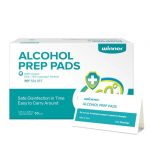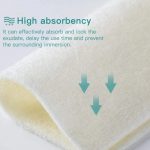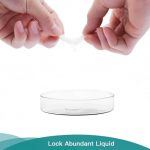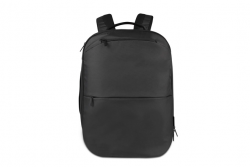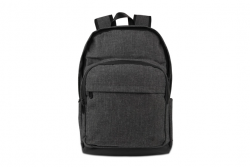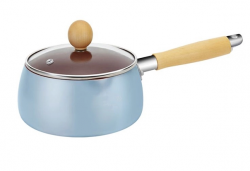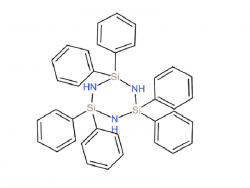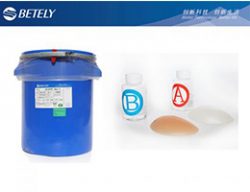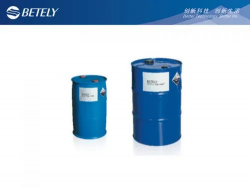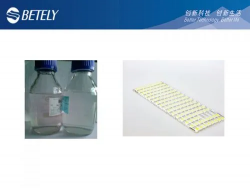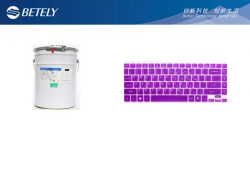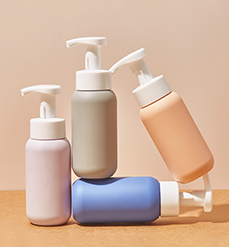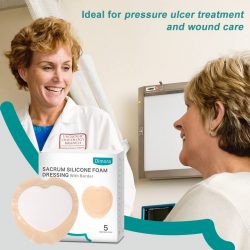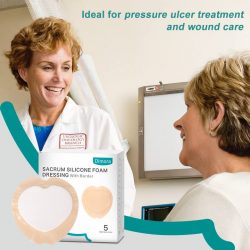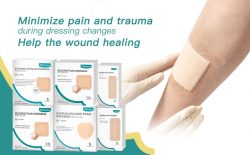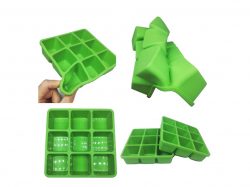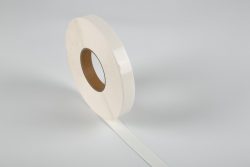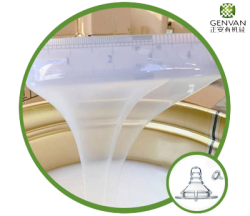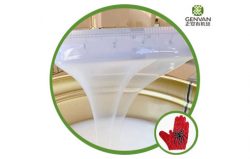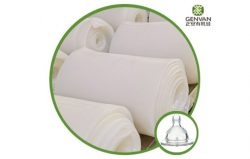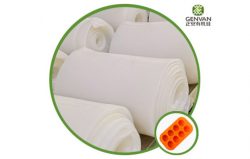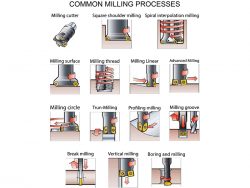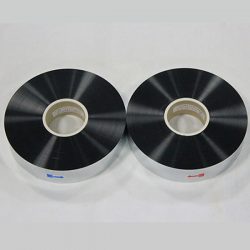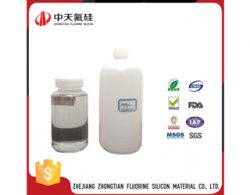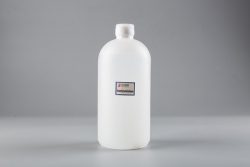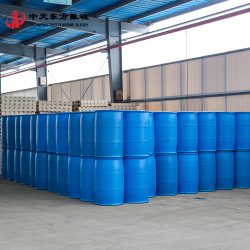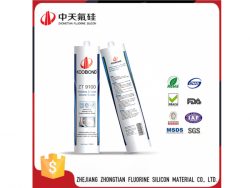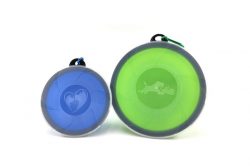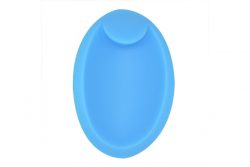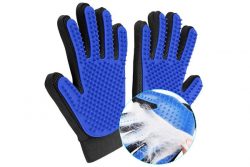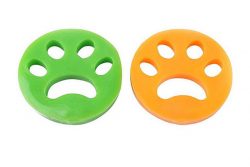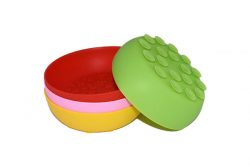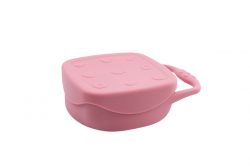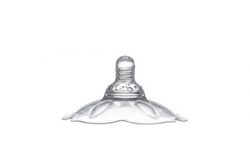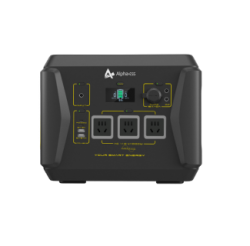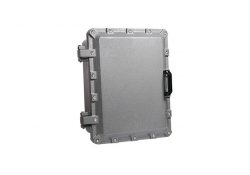Clinical Application of Silicone Foam Dressing
1. Application of silicone foam dressing in surgery
Open granulation wounds should be changed with silicone foam dressing. Wound types include sinus, abdominal, perianal, perineal (rectal resection) wounds, bedsores and diabetic foot gangrene. It is proved that silicone foam dressing is superior to traditional gauze dressing for patient comfort, reduces nursing care and promotes wound healing. Dressing of wounds with traditional gauze after proctocolectomy or proctoectomy is painful for patients and imposes a heavy burden of care. Silicone foam is used for dressing change of open perineal wounds, which is simple and less painful, saves nursing time, and is a major improvement in the treatment of perineal wounds. Apply silicone foam dressing to treat various types of wounds in patients (including burns and bullet wounds). It has been clinically proven that silicone foam dressing does not have any disadvantages, and the quality of wound healing and scarring is good.
Clinical studies on various types of open granulation wounds in various parts of more than 500 patients show that silicone foam dressing products has the effect of promoting wound healing. This method of dressing change is generally welcomed by patients and medical staff. In fact, many patients are trained to change their dressings at home without requiring nursing care.
2. Application of silicone foam dressing in urology
Application of silicone foam in penile surgery. After the penile urethra and corpus cavernosum surgery, the fluid state silicone foam is poured to the wound site to create a good pressure effect, which can avoid the formation of pockets or caves, and dressing with a pressure bandage can prevent postoperative edema and bleeding. This silicone foam dressing is light and comfortable, allowing patients to get out of bed early.
3. Application of silicone foam dressing in orthopedics
One is the wound with exposed cancellous bone. First, a flat mesh-shaped gentamicin bead chain is spread on the cancellous bone, and then covered with silicone foam dressing with border. Through the regeneration of blood vessels on the surface of necrotic bone, the coagulation on the surface of the cancellous bone quickly forms granulation. The second is osteomyelitis wounds. The soft pressure of the silicone foam dressing can promote skin regeneration at the wound edge and reduce the difficulty of wound healing in chronic osteomyelitis. The use of fluid silicone foam to form a stocking-like dressing film and wrap it with a pressure bandage has the effect of fully preventing and containing exudates. It does not cause pain when changing dressings, and also creates good conditions for the second-stage repair of the stump.
4. Application of silicone foam dressing in ENT
Silicone foam dressing is used in ENT surgery. Clinically, silicone foam has good adaptability and softness, and avoiding wound stimulation can make granulation grow well. It is considered that this dressing can supplement and replace traditional medical gauze dressings.
5. Application of silicone foam dressing in oral and maxillofacial surgery
Silicone foam was used to cover the buccal soft tissue defect after resection of epidermoid carcinoma of the jaw. It greatly enhances the patient’s confidence in waiting for the second-stage cosmetic repair surgery, during which the patient can eat satisfactorily.
